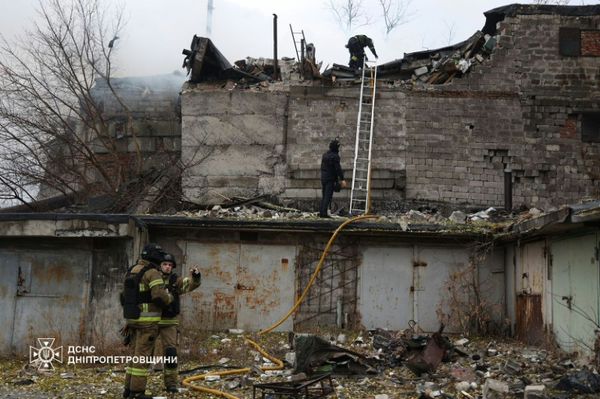No one knows when the next S&P 500 crash will hit. But everyone should know which stocks to watch out for.
Seven stocks in the S&P 500 — including Gilead Sciences, International Paper and Merck — are trading for at least 80% more than they had in the past five years on average, says an Investor's Business Daily analysis of data from S&P Global Market Intelligence and MarketSurge. That's based on trailing adjusted P-E ratios.
P-E ratios are a horrible gauge to tell you which stocks to buy — or when. But they are a quantitative way to see how much investors are paying for earnings over time. And that's a potentially useful data point, as many worry that the S&P 500 is racing ahead of moving averages. And data shows that's the case, too.
Much fear hinges on the tech sector. "Given the firms' influence on major market indices and investor sentiment, any disappointment in earnings or guidance could lead to a 10% to 15% correction in major benchmarks this quarter," said Jose Torres, senior economist at Interactive Brokers.
The S&P 500 Is Priced For Perfection
Again, valuations don't drive the market, but they do measure them. And there's some reason for concern.
Following a roughly 17% surge this year, the yield on the S&P 500's cyclically adjusted price/earnings ratio (CAPE) is near all-time lows, says The Economist. That means owning the risky S&P 500 only pays you slightly better than a 10-year, risk-free Treasury Inflation Protected Security. The CAPE yield has only been this low during other market peaks.
"All that is needed, in other words, is a change in the financial mood and an excuse for investors to abandon their positions," The Economist says.
Specially, the S&P 500 would need to plunge by more than 50% to bring the valuation closer to long-term averages.
Look Out Below
S&P 500 stocks with middling IBD statistics on top of sky-high valuations are of most concern.
Take a look at Gilead Sciences. Even following a 12% stock drop this year, the stock is still trading for 183 times historical earnings. That's 200% higher than its five-year average P-E of 60. But that's just the start. Gilead's Composite Rating is a subpar 55 due to a low 24 Relative Strength and 29 EPS rating.
It's a similar story at drugmaker Merck. Analysts see good growth this year. But it's off a rough 2023, thus the low 43 EPS Rating. And Merck's Composite Rating of 50 isn't much better. And on top of all that, Merck is trading for 138 times trailing earnings, which is nearly 170% higher than its five-year average.
Look At The Whole Picture
A lofty P-E ratio, again, isn't reason alone to avoid a stock. You must look at the whole picture.
Three of the S&P 500 stocks with stretched valuations also have rock-solid Composite Ratings of 90 or higher. These firms — Iron Mountain, Amgen and Super Micro Computer — presumably are growing fast enough to outrun many market implosions and worth their steep P-Es.
Document storage firm Iron Mountain, for instance, is trading for 152 times trailing earnings, or 121% higher than in the past five years on average. But it also has a perfect 99 Composite Rating.
Should you let nosebleed valuations chase you out of the stock market? Absolutely not. But you might want to make sure you know where the exits are.
Highly Priced S&P 500 Stocks
Stocks with the highest trailing P-E ratios vs. their five-year average
| Company | Ticker | Sector | P-E | P-E greater than avg |
|---|---|---|---|---|
| Gilead Sciences | Health Care | 183.2 | 202.0% | |
| International Paper | Materials | 87.3 | 171.2% | |
| Merck | Health Care | 138.7 | 168.0% | |
| Iron Mountain | Real Estate | 152.8 | 121.8% | |
| Labcorp | Health Care | 44.9 | 94.3% | |
| Amgen | Health Care | 47.5 | 81.8% | |
| Super Micro Computer | Information Technology | 43.5 | 80.1% |







